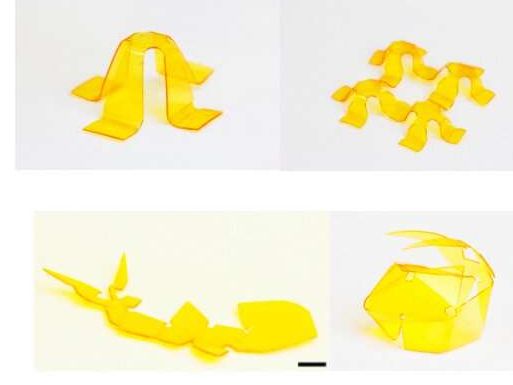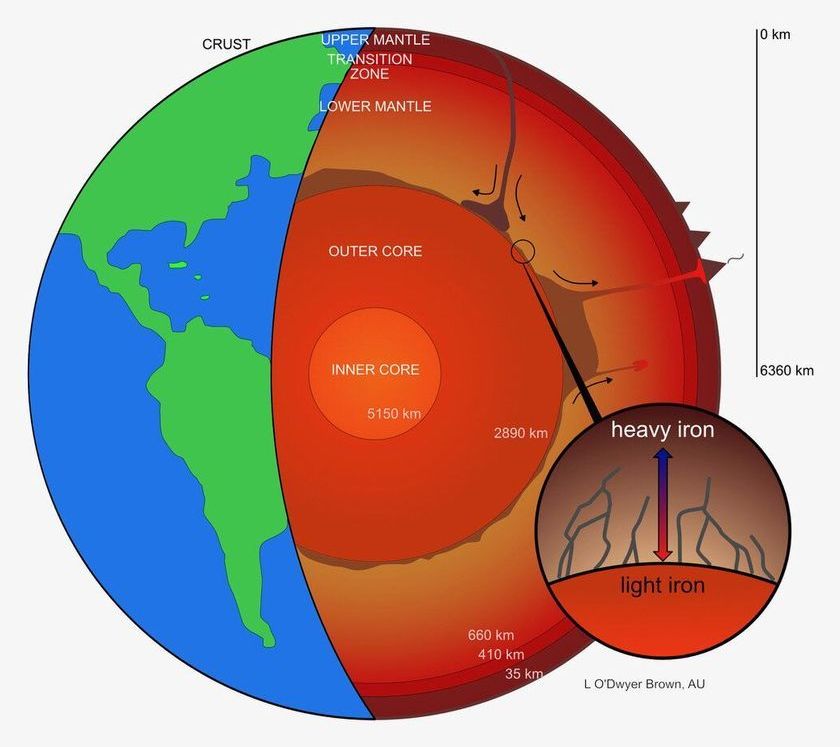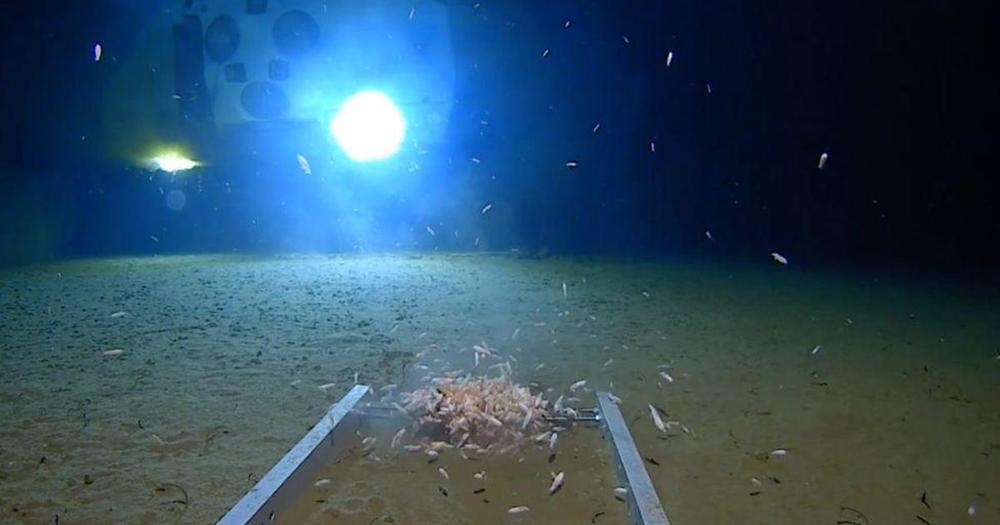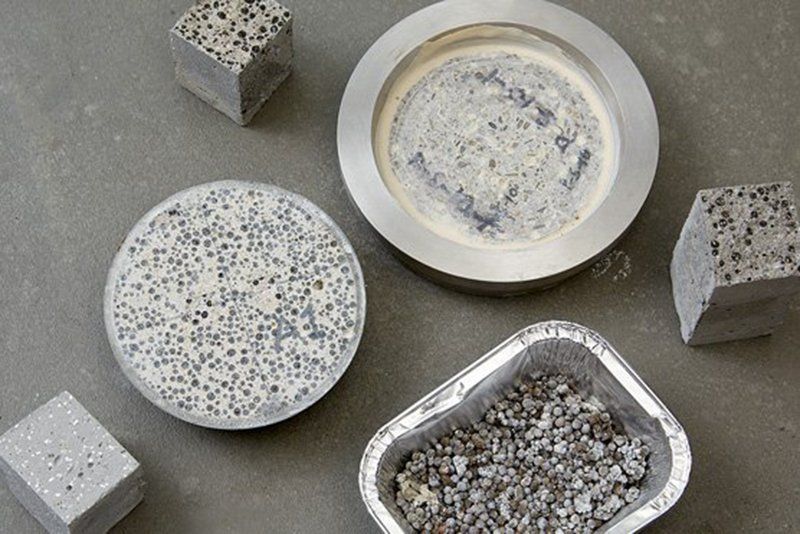Apr 14, 2020
A new material to print mechanically robust and shape-shifting structures
Posted by Saúl Morales Rodriguéz in categories: 3D printing, materials
In recent years, 3D printing has opened up interesting new possibilities for the large-scale production of electronic components, as well as of a variety of other objects. To this end, research teams worldwide have been trying to create materials and structures that can easily change shape, as these could be particularly useful for 3D printing applications.
Although many of the programmable and shape-shifting materials developed so far have proved to be promising for 3D printing, they are often not mechanically robust. This makes them unideal for printing objects that are resistant to a lot of weight or strain.
To overcome this limitation, researchers at Georgia Institute of Technology, Peking University and Beijing Institute of Technology have recently proposed a new shape-morphing material system that is also mechanically robust. This new material, created via the volatilization of a volatile component that has not fully reacted, was presented in a paper published in ACS Applied Materials & Interfaces. The lead authors of this paper are Qiang Zhang and Xiao Kuang.

















